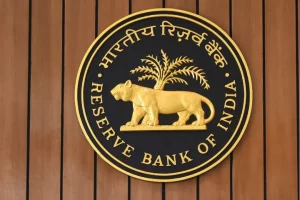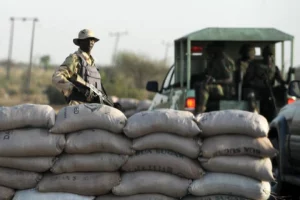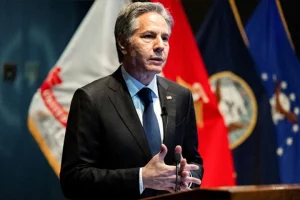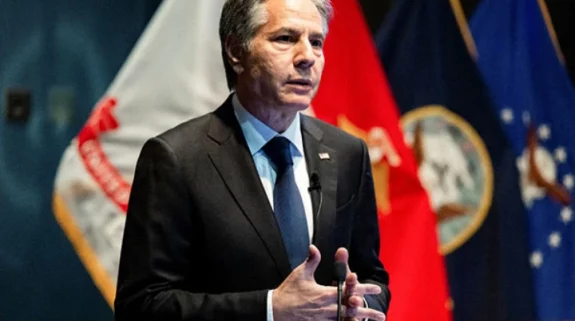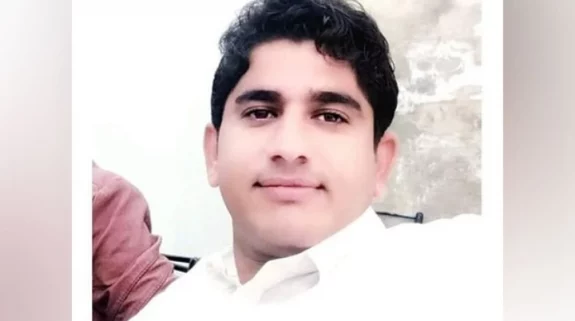The Indian Council of Medical Research (ICMR) has completed the second round of the countrywide serological survey (serosurvey) to detect the prevalence of the Covid-19.
“The final phase analysis of the survey is now underway and will offer a comparison with the results of the first survey,” the apex health research body said in a statement.
"The findings of the previous survey from the dynamic containment zones were communicated to the states for further action," the ICMR said.
Last week, Dr Balram Bhargava, Director-General, ICMR, had said during a press briefing that the results of the second serosurvey would be made public by the end of September. "The second national serosurvey is almost done. We have completed the exercise in 68 out of 70 districts, and the analysis is in progress. We should have the results by the end of September," he had said.
The ICMR published the findings of the first survey on September 11.
Meanwhile, the ICMR also stated that states have also conducted their zone and city-specific surveys along with the ICMR's. "To further aid in developing state intervention plans following the ICMR survey, states have also conducted their zone/city-specific surveys," the ICMR stated.
The first national serosurvey was a randomly sampled, community-based survey conducted from May 11 to June 4. The samples were collected from 700 villages and wards, which were selected from 70 districts in 21 states of the country.
The previous survey revealed that India had 6.4 million coronavirus disease (Covid-19) patients by early May.
In percentage terms, the national prevalence was found to be 0.73 per cent. The worst-affected were those between the age group of 18 and 45 years, as 43.3 per cent had developed antibodies against Sars-CoV-2, which causes the Covid-19 disease. Covid-19 patients in the age group between 46 and 60 years accounted for 39.5 per cent of the sampled individuals.
(with agency inputs).







